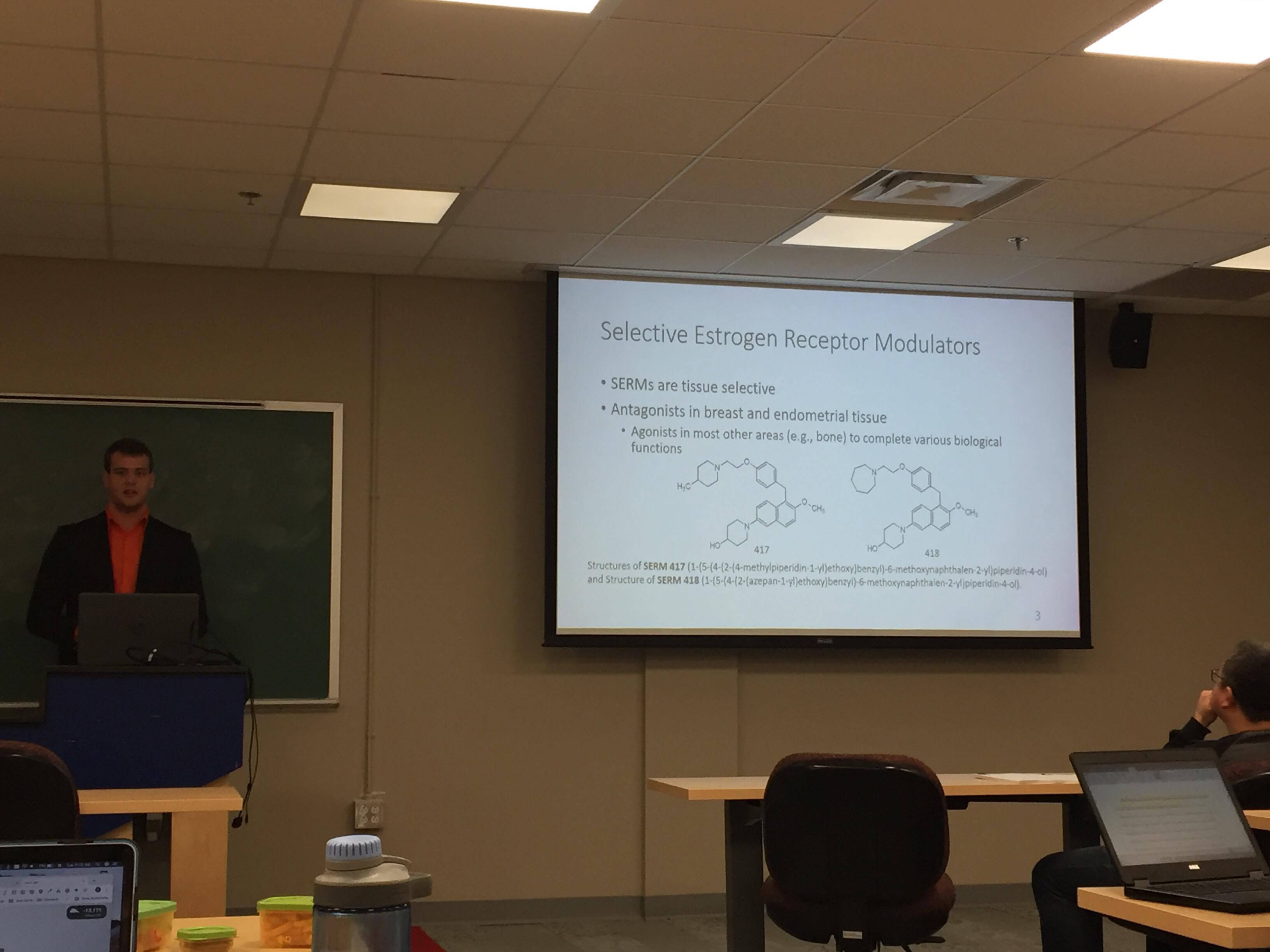Due to the COVID-19 pandemic, cities around the world were shut down, which not only affected their functioning, but also the way residents would socialize. Lockdown led to millions of people staying home and not commuting to work which made vehicle traffic across Canada plummet. The reduction in the usage of vehicles made a significant impact on the quality of air in major Canadian cities. A study by Concordia University monitored data from the downtown cores of the major Canadian cities including Vancouver, Edmonton, Saskatoon, Winnipeg, Toronto, Montreal, Halifax and St. John’s. They compared the cities’ concentration levels of nitrogen dioxide (N02), carbon monoxide (CO) and sulphur dioxide (SO2) which were measured between the months of February and August 2020 to the data recorded in the same months in years 2018 and 2019.
The researchers concluded that they found a drastic drop in the emission level over the course of the pandemic. The most remarkable decline occurred in the week of March 15th, 2020 when the national lockdown measures were implemented. There were significant reductions in traffic congestion in various cities such as a 69 percent decrease in traffic congestion levels in Toronto, while in Montreal a 75 percent drop was observed as compared to the year 2019. Less gasoline usage led to lower pollution figures. A similar pattern was noticed in the case of carbon dioxide emissions. Gasoline production fell by almost half during the pandemic’s early weeks.
Apart from providing an opportunity for scenario analysis of a particularly unusual period, this data can also provide aid to the government in assessing the long-term impact of replacing gas-burning vehicles with electric-operated vehicles in the streets of Canadian cities.
Due to the pandemic and subsequent lockdown, at least Earth got a break from the constant human hustle and found an opportunity to heal from the damages mankind has made. Hopefully, this will serve as an eye-opener for the citizens and help towards reducing pollution and making it a better place to live.
Note: This article is part of our Winter 2021 Print Edition that focuses on both issues and the good in the current state of the world. Look across campus for a paper copy of this edition!




